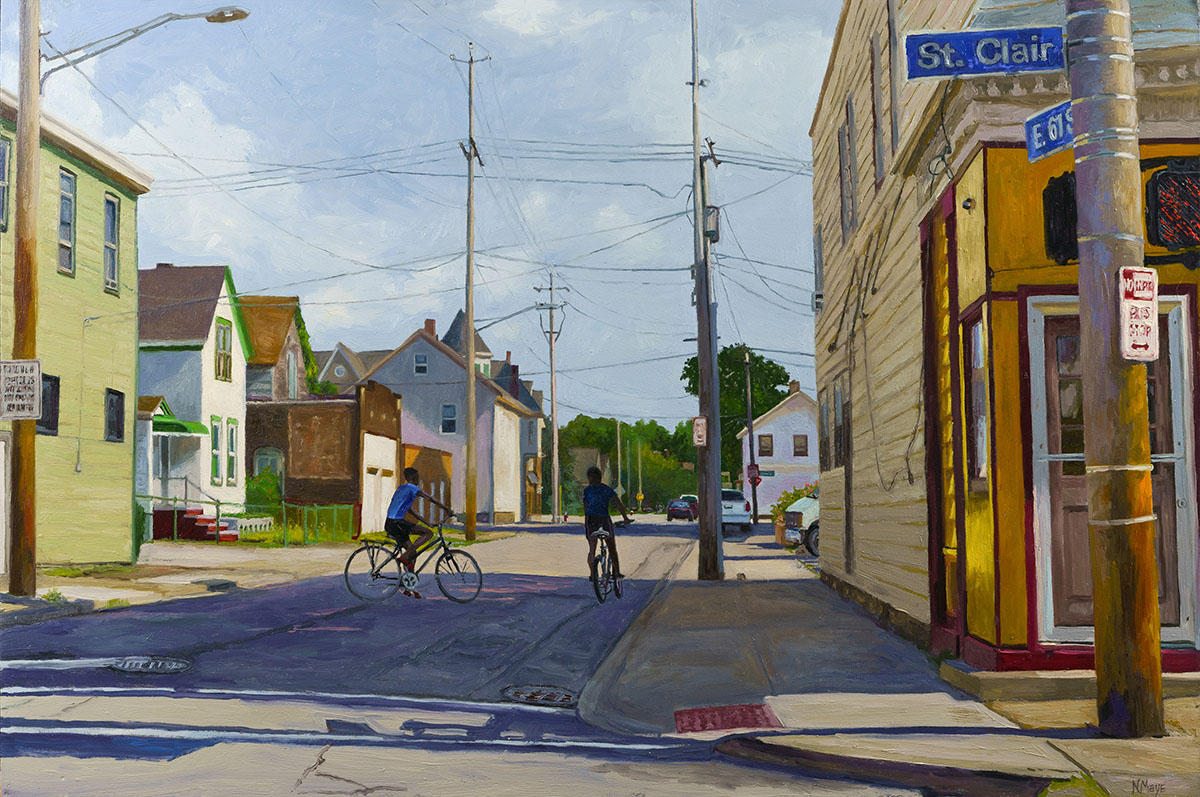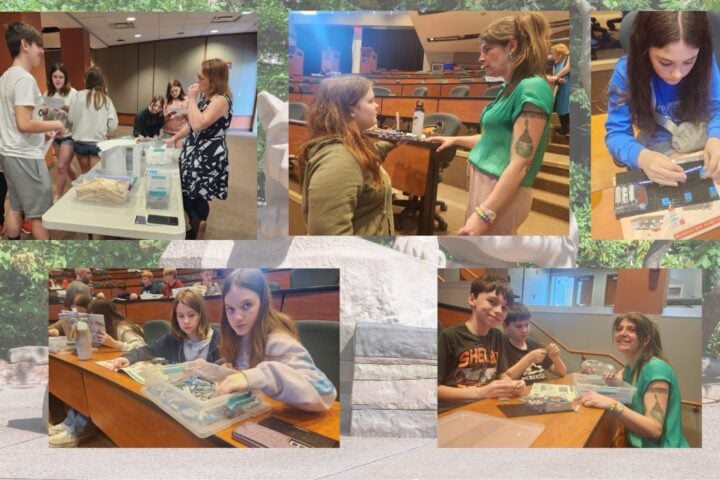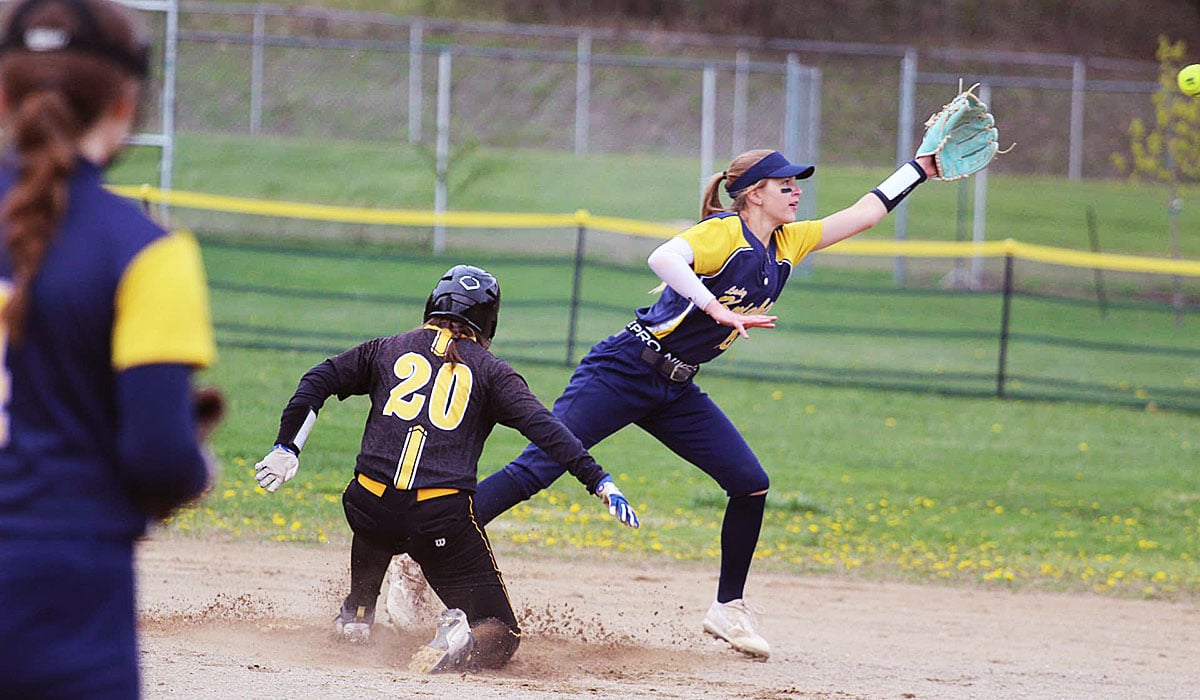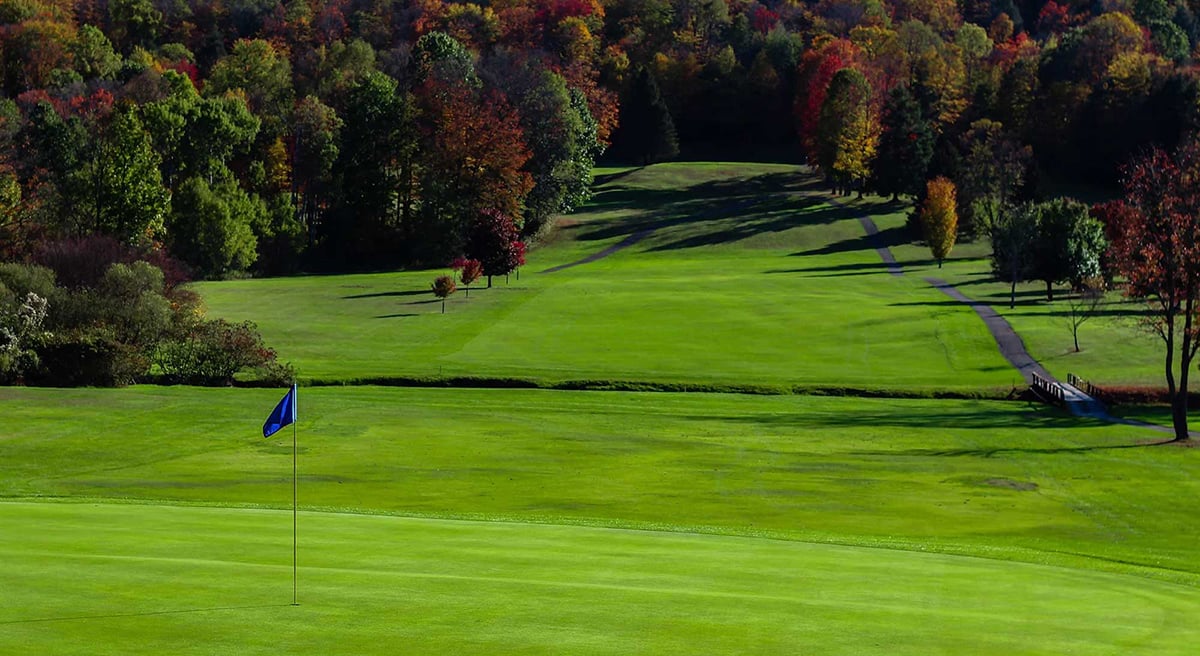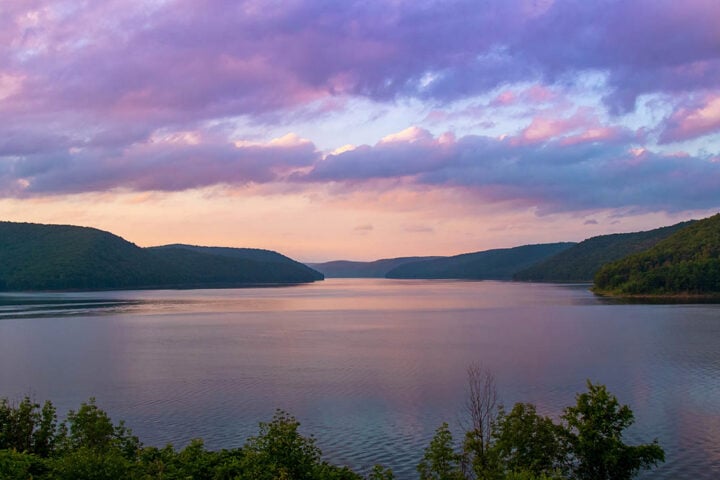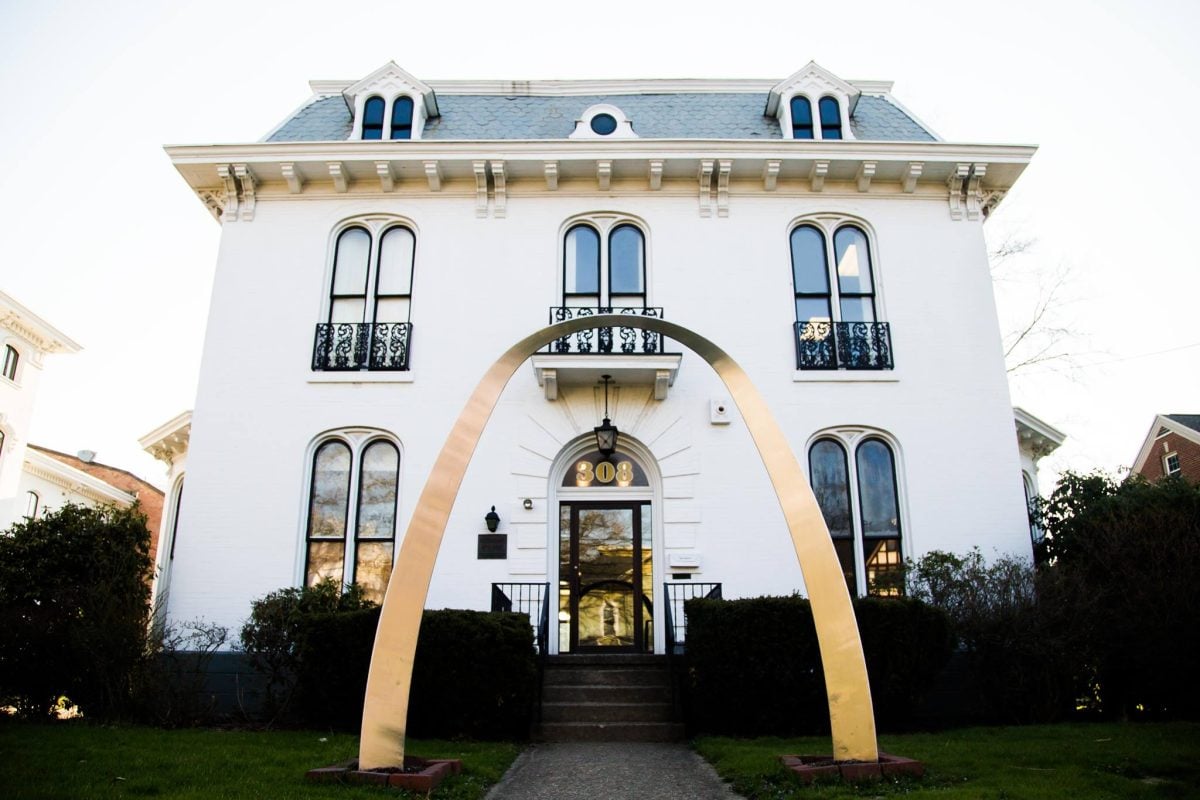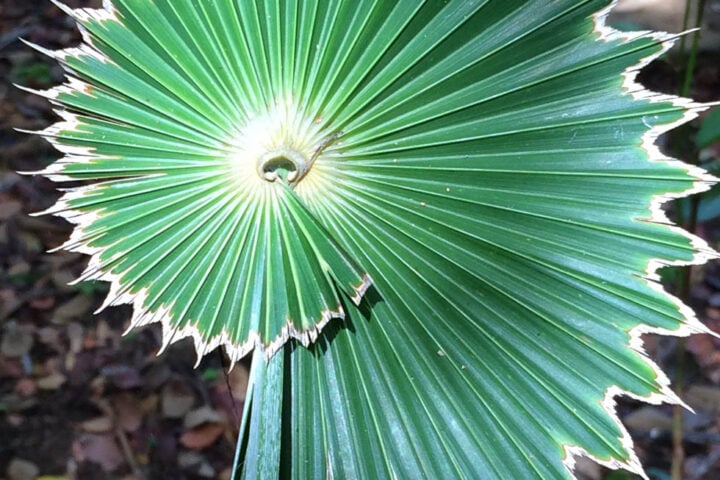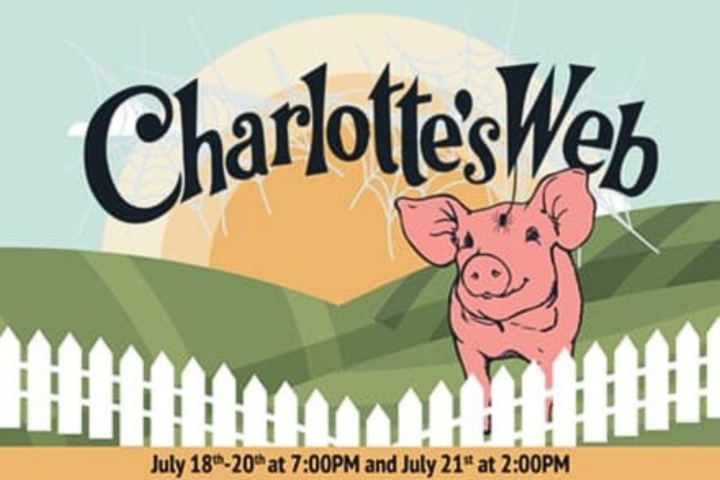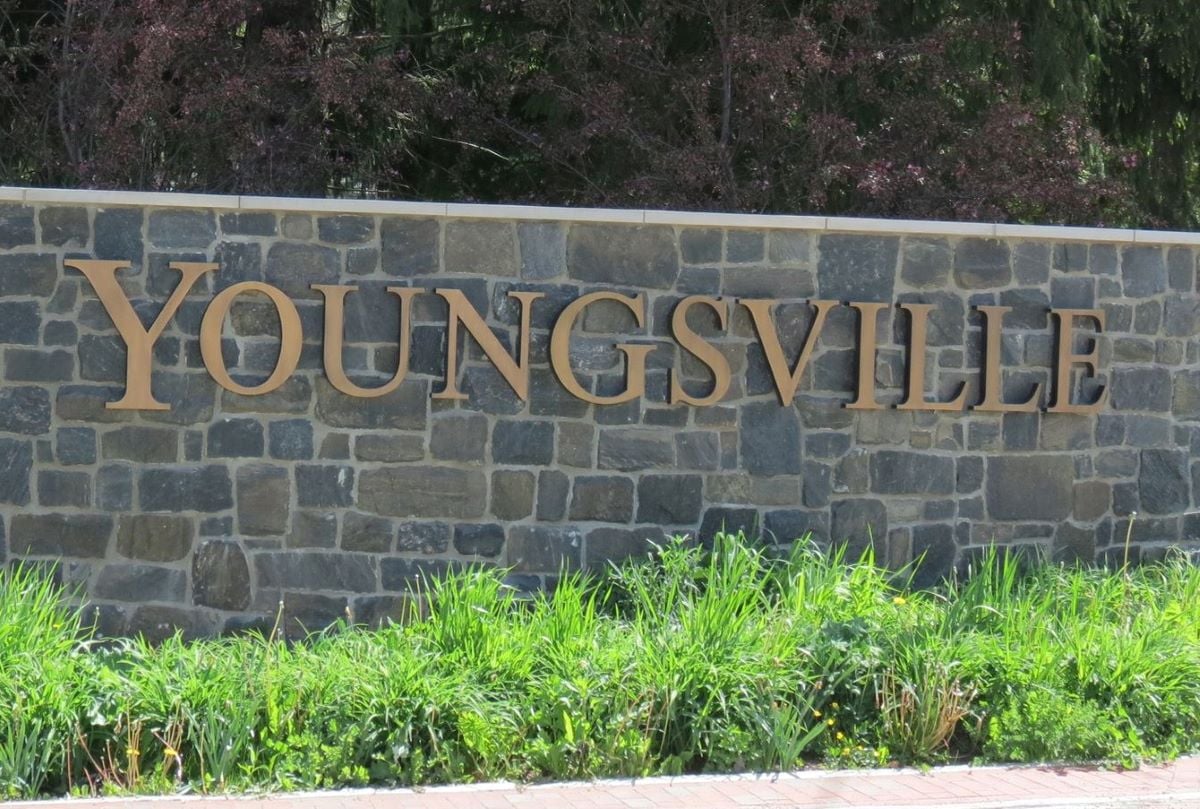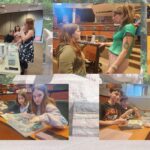WARREN, Pa. – The Crary Art Gallery will feature two upcoming solo exhibitions, which open on Saturday, April 1, from 3 – 6 p.m., and run through April 30.
Both artists will be on hand to welcome guests, and beginning at 4 p.m., each artist will give a brief talk. Exhibition hours, after the opening, are Fridays and Saturdays from noon – 6 p.m., and Sundays from noon – 4 p.m. Admission is always free.
In each of these exhibitions, visitors will find works that convey the struggles and fragility of the human experience and also illuminate the strength of human connection and ever-present hope for a better world.
Nicole Maye Luga paints in a contemporary traditionalist style. Many of the oil paintings in her exhibition focus on bridges or people and buildings in neighborhoods around Cleveland that she directly observed over the last year and a half. She studied painting at the Pennsylvania Academy of the Fine Arts, where she earned her MFA in 2004. She lived in Albania for some time, and while there, found a new appreciation for landscape painting. After returning to Philadelphia, she became a member of the Philadelphia Sketch Club and the National Association of Women Artists based in New York City.
Maye Luga revels in an aesthetic appreciation of familiar places. In oil paintings and linocut prints, the artist shows the beauty of common places.
“I am inspired by the beauty and complexity of the world around me and how the physical infrastructure we [create] shapes our experience of the world,” Maye Luga said in a statement. “Through my work, I aim to capture the poetry of everyday life, the resilience and strength of the human spirit, and the wonders of human engineering. I am often drawn to bridges as a subject matter because they represent so much more than just a physical structure. They symbolize the idea of connection, of crossing over from one place to another, of bridging the gap between people and cultures. They represent part of what makes humanity great – our ability to work together, to overcome obstacles, and to create something that is greater than the sum of its parts. These triumphs of engineering can endure for centuries or even millennia, yet they are susceptible to the same forces of time and nature that shape our own existence. The decay and decline of these structures over time reflect the fragility of our own existence. There is beauty in the marks and remnants of survival, the fleeting moments of the here and now, and the wonders of human engineering that endure for centuries.”
Maye Luga also described her desire to inspire others through her work.
“In the end, whether I am painting a bridge or a person, a building or a landscape, I believe that art has the power to capture the essence of our humanity – our resilience, our strength, our creativity, and our capacity to connect with others,” Maye Luga said. “I hope to inspire others to see beauty in the most ordinary of moments and to celebrate the power of art to capture our shared human experience. To me, the subjects of my paintings are a reflection of humanity as a whole, rather than just individualized identities or monuments.”
Maye Luga’s work has received numerous awards and is in collections worldwide. She has exhibited in national juried shows and museums, including the National Midyear Exhibition at The Butler Institute of American Art for three consecutive years. Additionally, Maye Luga was a semifinalist in the Art Renewal Center’s 16th International ARC Salon Competition. She has exhibited with the Pennsylvania Academy of Fine Arts Fellowship Annual Juried Show since 2019 and won the Caroline Gibbons Granger award in 2021. Her work has been published in the International Artist Magazine’s book “How to Paint Your Favorite Subjects.”
Maye Luga lives in Ohio, where she divides her time between her painting studio and her work as a watchsmith.
Maryam Safajoo is a Persian-American painter based in the United States. Her paintings narrate her experience of the systematically persecuted Iranian Baha’i community – Iran’s largest religious minority – after the 1979 Iranian revolution. She uses her art to document and record the devastation she and close friends and family have endured, to ensure the experiences are remembered, and in some cases, known at all.
“I experienced this oppression myself in Iran,” Safajoo said. “I remember the day in the early morning when government security forces burst into my home, ransacked it, and took my father to prison; my younger sister was crying on her way to school. Later, my sister was denied access to university, and because of her quest to understand why, was placed in solitary confinement. My paintings narrate these stories which are a result of my conversations and interviews with the people who were near or in these actual events. Many of the incidents I depict only exist in the memory of those who experienced them and have no pictorial existence. In many cases, if visual records did exist, they have been confiscated by the Iranian authorities in raids of homes. My depictions are often the first time these events have taken visual form. I record the details of this history. For example, the shoes, clothes, artifacts, and environments seen in my paintings are very close to those that were there in the event.”
Safajoo said her work is often inspired from conversations she has, and research she does regarding the experience of Bahai in Iran.
“Throughout my work, I am constantly reflecting on the concept of a humanity free from prejudice; that is how we can eliminate our prejudices against any people – on the basis of color, nationality, gender or identity, economic or educational status, etc,” Safajoo said. “I pose and also ask individuals familiar with the events to pose and dress as the figures in my paintings. I have been working on this subject since 2013. I primarily work with oil on linen and when necessary, in the past, I have used mixed media to maintain historical accuracy. I work on small canvases and the details are often miniature in scale. Each of my paintings are thoroughly researched, are inspired by actual events, and show the beautiful aspects of those who have been persecuted, by highlighting their steadfastness, powerful spirit, and love for humanity.”
Because of the regime in place in Iran, Safajoo was unable to study art at university and chose to study business administration. When she moved to the United States, she studied at Tufts University and received her MFA from its School of the Museum of Fine Arts in 2016. The artist now lives and works in West Virginia.
Safajoo’s past and upcoming exhibitions include Harvard University, the Massachusetts State House, the International Peace Museum in Dayton, Ohio, the Albany Museum of Art in Georgia, NIU Art Museum in Illinois, the Ukrainian Institute of Modern Art in Chicago, Crary Art Gallery, and the Museum of Fine Arts in Boston. Her remarks at the American Jewish Committee’s Boston Diplomats Seder in 2016 were adapted for an article in the Boston Herald. Her work has also recently been featured by IranWire, Tavaana, PersianBMS, Radio Farda, Nashraasoo, Mass General Hospital Global OB-GYN Newsletter, and the BBC. Maryam’s works are part of the permanent collections of the Museum of Fine Arts, Boston, MA, Dayton International Peace Museum, Dayton, OH, Albany Museum of Art, Albany, GA, and NIU Art Museum, as well as held in private collections.
For more information on this and upcoming exhibitions, visit craryartgallery.com.















